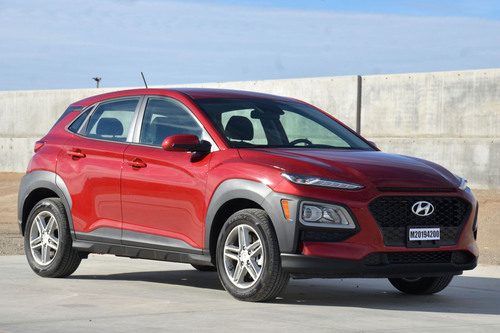2021 Hyundai Kona
#67 of 2021 SUVs
#139 of all 2021 vehicles

The 2021 Hyundai Kona is somewhat unsafe compared to all vehicles.

We estimate that the 2021 Hyundai Kona has a vehicle lifetime fatality chance of 0.0592% and a vehicle lifetime injury chance of 6.7577%, meaning the average driver has a 0.0592% chance of dying in an accident if they drive the car under regular conditions for fifteen years, and a 6.7577% chance of being injured.
Compared to the average vehicle, the 2021 Hyundai Kona is 27% more likely to result in a fatal accident. Compared to other suvs, the 2021 Hyundai Kona is 46% more likely to result in a fatal accident.
2021 Hyundai Kona offers AEB optionally. With AEB, the vehicle lifetime fatality chance drops by 14%.
Active safety features on the 2021 Hyundai Kona can protect loved ones by preventing accidents and reducing accident severity. All trims and versions of the 2021 Hyundai Kona include the following active safety system: Forward Collision-Avoidance Assist with Pedestrian Detection (FDA-PED). Some safety features are optional on the 2021 Hyundai Kona--- although they add to the cost, one should consider the benefits of Lane Departure Warning System and Blind-Spot View Monitoring.
A safety feature that may make a vehicle safer, even if not at the forefront of technological advances, should still be considered. Optional side mirror turn signals can help when you don't see a vehicle in your blind spot, by alerting them to your intention to switch lanes, which allows the other driver to avoid an accident with you.